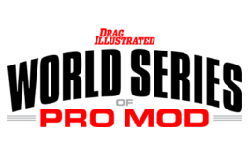Visibility and Sponsorship Business Model in Formula 1
The visibility and sponsorship business model in Formula 1 (F1) industry connects F1 teams with firms and organizations that want to increase their visibility towards the F1 global audience. Thus, It provides to the former an additional source of income, and to the latter the possibility to globally increase their brand awareness, as an alternative of traditional commercial and advertising. This business model is possible as F1 is the most watched annual sport series in the world (500 million of viewers per year) and all teams participating the races enjoy a high level of visibility, through media, broadcasting, and spectators at the racetracks. Also F1 fans tend to support a specific team, and follow it throughout the racing season. This creates a potential value that can be monetized not only by selling merchandise, but also by promoting additional products and brand to the fans. It is important to acknowledge that, like many sports, the F1 circus is heavily influenced by sponsorship and external founders’...









